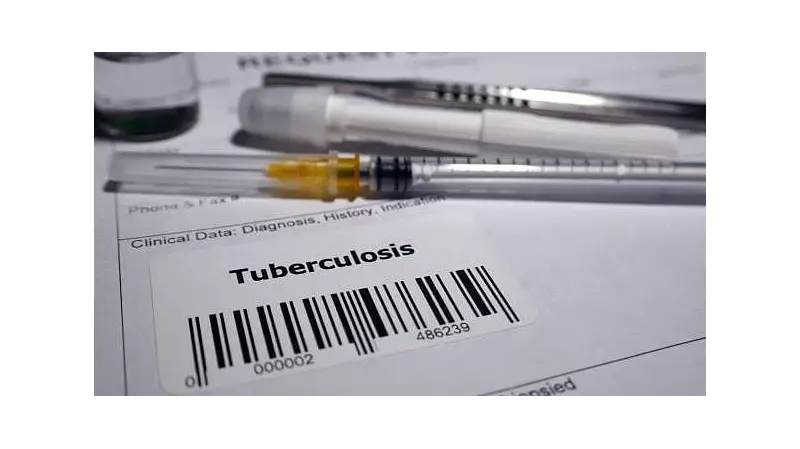
A recent report from the World Health Organization has delivered sobering news about India's battle against tuberculosis, revealing the country recorded the highest number of TB cases globally in 2024. While there has been some improvement in incidence rates, the emergence of drug-resistant strains presents a formidable new challenge to healthcare authorities.
Alarming Statistics from WHO Report
According to the WHO findings published on November 12, 2025, India's tuberculosis incidence rate now stands at 187 cases per 100,000 population. This figure represents a slight improvement compared to previous years, indicating some progress in containment efforts. However, the sheer volume of cases positions India at the forefront of the global TB epidemic.
The report, compiled by journalist Kalyan Ray, highlights that India accounted for approximately one-third of all drug-resistant tuberculosis cases worldwide in 2024. This surge in treatment-resistant variants has raised significant concerns among public health experts and policymakers alike.
The Dual Challenge: Progress and Setbacks
Health officials are facing a complex scenario where traditional TB control measures show positive results while new, more dangerous forms of the disease are emerging. The improved incidence rate suggests that awareness campaigns and treatment programs are having some effect, but the rise of drug-resistant TB threatens to undermine these gains.
Drug-resistant tuberculosis requires longer treatment durations with more expensive medications that often cause severe side effects. The management of these cases places additional strain on India's healthcare infrastructure and resources.
Implications for Public Health Strategy
The WHO findings underscore the need for enhanced surveillance systems and rapid diagnostic tools to identify drug-resistant cases early. Public health authorities must now prioritize both maintaining the momentum against conventional TB while developing specialized protocols for resistant strains.
Experts emphasize that addressing this dual challenge will require increased funding for TB research, strengthened healthcare facilities, and community engagement programs to ensure treatment adherence. The situation calls for a comprehensive approach combining medical intervention with socioeconomic support for affected communities.
As India continues its fight against tuberculosis, the 2024 WHO report serves as both a measure of progress and a warning about the evolving nature of infectious disease threats. The coming years will be critical in determining whether current strategies can effectively contain both conventional and drug-resistant forms of the disease.





